Body Parts in Spanish: Activities and Games for Spanish Learners
Inside: Activities and ideas for teaching the body parts in Spanish, for all ages.
Teaching the parts of the body in Spanish is fun because it’s naturally a hands-on sort of theme. There’s much need to print out lots of worksheets or flash cards because our students are walking around with ready-to-go visuals: themselves!
That said…. for language to stick, students need to hear the terms in a variety of contexts. In this post you’ll find a few printables, together with fun ideas and resources. If you’re here specifically looking for ideas to use with preschoolers and young children, you can skip directly to that section by clicking here: Spanish Parts of the Body for Preschool Learners.
BODY PARTS IN SPANISH
To get started, here are some general ideas for teaching parts of the body with any age:
1. Play Simon Says. This is an old classic that lets your students hear the body parts again and again, while also getting the chance to move around. You can use lots of directions like “touch your head” or “touch your feet,” and later can switch it up with funnier commands like “put your foot on your arm”! Simon Says always makes for a good brain break.
2. Learn a Song. Something classic like Cabeza, Hombros, Rodillas, Pies is hard to forget and gets everyone moving. Older students might not be crazy about this, or they might just surprise you!
3. Make Monsters. Monsters are perfect because of course they have unexpected numbers of eyes, arms, ears, etc. and it spices things up a bit. There are a couple of options with monster-making:
- Draw (ahead of time) a picture of a monster or find a picture. Describe it your class while they listen and draw. (“This monster has four small eyes. He has big green hair., etc.”) When finished, let them compare their versions to the original and see how they did. They could also do this in pairs!
- Let the student create their own monster drawings, and describe them. You could save these and put them up around the room, and give students a typed list of all the descriptions. Have them walk around and match the descriptions with the pictures.
- Give the students a list of body parts, and dice, to make monster drawing and descriptions. They roll the dice to find out how many of each body part to draw. If working with young students, do this as a whole-class activity but let them take turns rolling the dice.
4. Games & Online. There are some fun online games for learning the words, and hearing them as well. Try these out:
- Game from Rockalingua
- Printable Bingo Game from Spanish Playground
- Games and Audio from Online Free Spanish
5. Use Mr. Potato Head Sets. For a little competition, gather several Mr. Potato head sets and mix all the body parts in a bucket or tub. (It makes it really competitive if you leave out some body parts.) Give each group a Mr. Potato body, and call out body parts. If you set it up like a relay, students take turns racing to the bucket, grabbing the part, and running back to attach it.
If you are working with younger children, you can simply take out the competitive part! They can work together to follow your building directions, or you can hand out body parts to different kids. You call out the parts, while they listen and attach theirs when called.
6. Label with Post-Its. Give the students post-it notes in groups, and set a timer. They have to write the body parts they’ve been learning onto the post-its, and put them on one student in the group. (This one obviously won’t work in every school setting!)
If you’d like to have a poster for class or have your students write down the terms, here are two printable sheets for parts of the body (click on them to download from Google drive):
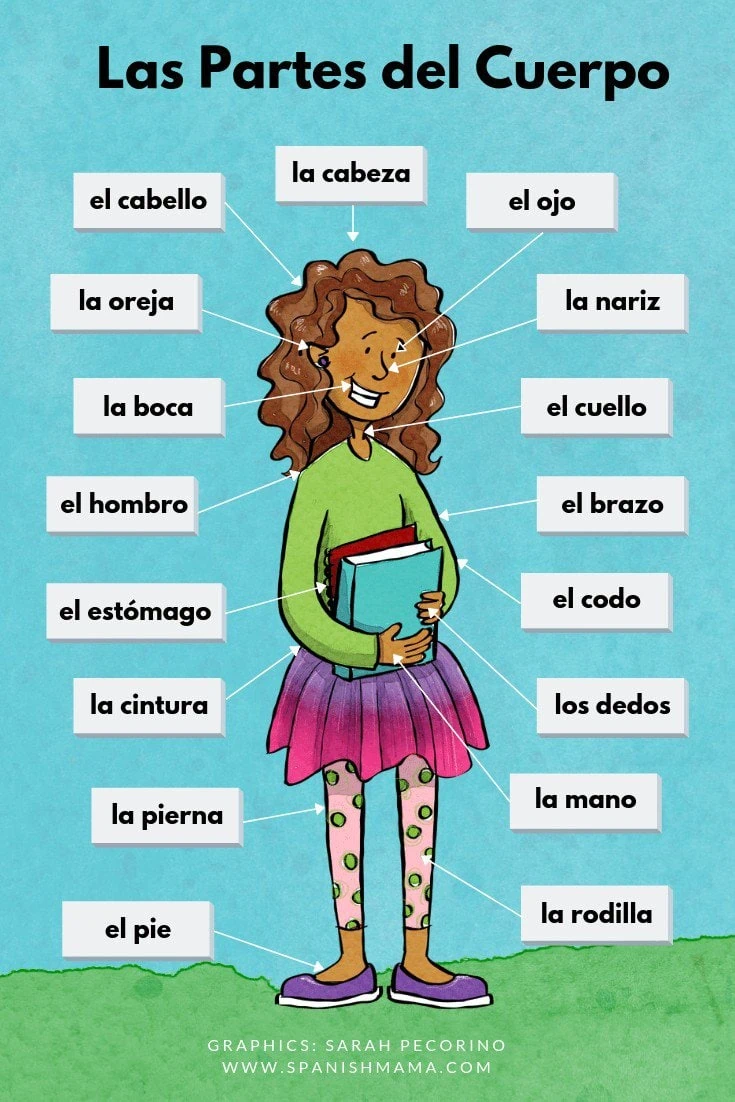
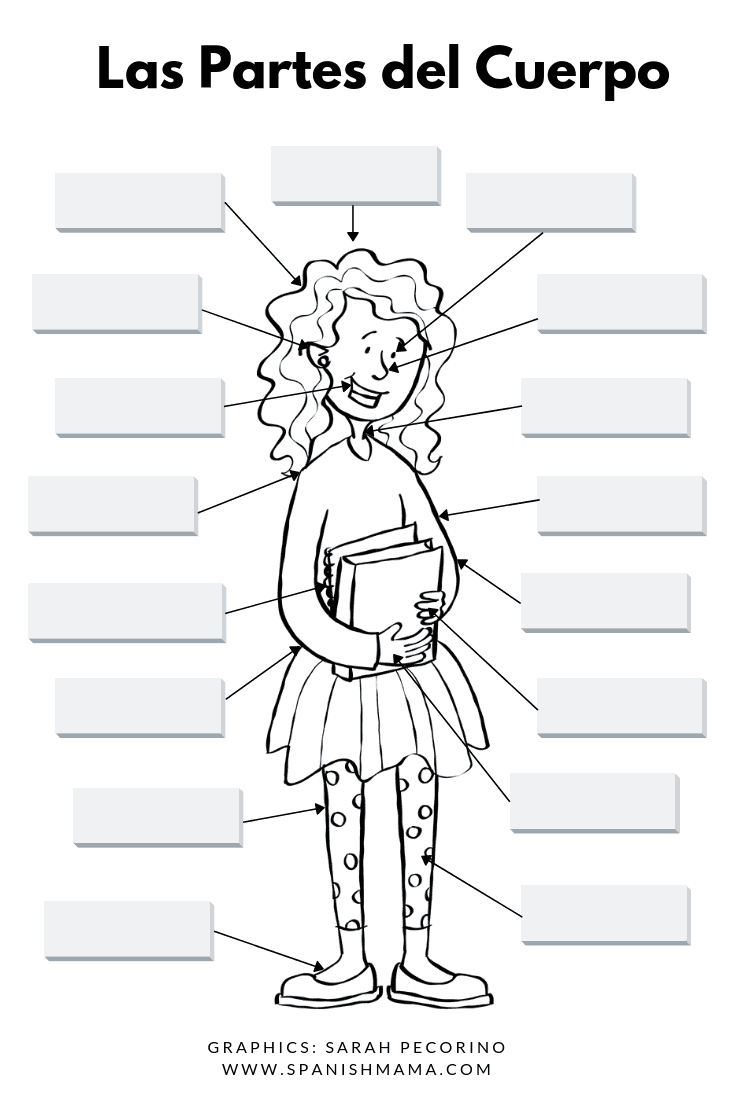
Graphics Credit: Sarah Pecorino Body Parts in Spanish Worksheet
PARTS OF THE BODY FOR PRESCHOOL SPANISH
Some of the ideas above with work with young learners, but here are ideas specifically for preschool to early elementary, before you are working with readers. These are great for general body parts, but I also recommend first teaching the parts of the face and the 5 sentidos in Spanish, and then getting to the more general parts.
1. Do a Modified Monster Lesson.
Make silly monster, with the teacher drawing as the students give suggestions (tiene seis orejas, tiene un ojo).
You can also provide printed monster body parts for students to create their own monsters. Save these, and talk about them as a group. “Clase, mira el monstruo de Ben. ¿Cuántos ojos tiene?” (If you have a large class and can’t cut out so many monster parts, print onto cardstock and laminate with magnets or tape on the back. You can let them take turns adding parts and do this as a whole-class activity. OR Let them draw their own monsters on paper or with chalk outside.)
2. Guess the Animal.
If your students are familiar with some animals in Spanish, show pictures of animals where only one body part is visible. Ask the class to guess who the nose, feet, ears, etc. belong to.
3. Sort the Animals
Show images of different animals. Sort them by number of body parts (for example four legs, two legs, no legs).
4. Playdough Making.
Give the students playdough, and have them make a body as you give instructions for what body parts to mold and add.
5. Use the Song A Mi Burro and Teach “le duele/me duele.”
Bring in lots of band-aids for this one! Let the students take turns pretending they are hurt and need a band-aid. Let them place a band-aid on the hurt spot, and be sure to talk about it.
I have an entire unit for PreK – Early Elementary based on the song A Mi Burro, if you would like to grab ready-to-go materials.
A MI BURRO UNITS
6. Use Songs to Practice and Review.
I have a whole separate post full of body parts songs (there are lots of authentic options!), but Cabeza, Hombros, Rodillas, Pies is always a hit with young children. This video is one of my favorite versions:
I hope these ideas are helpful in making the body parts fun and memorable! Let me know in the comments below if you have more teaching ideas.

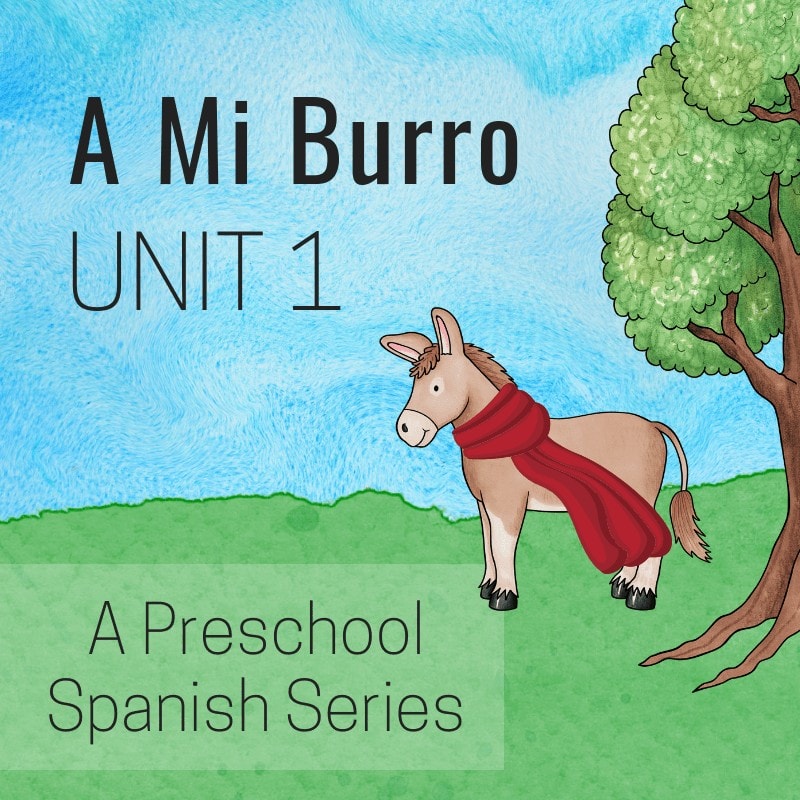
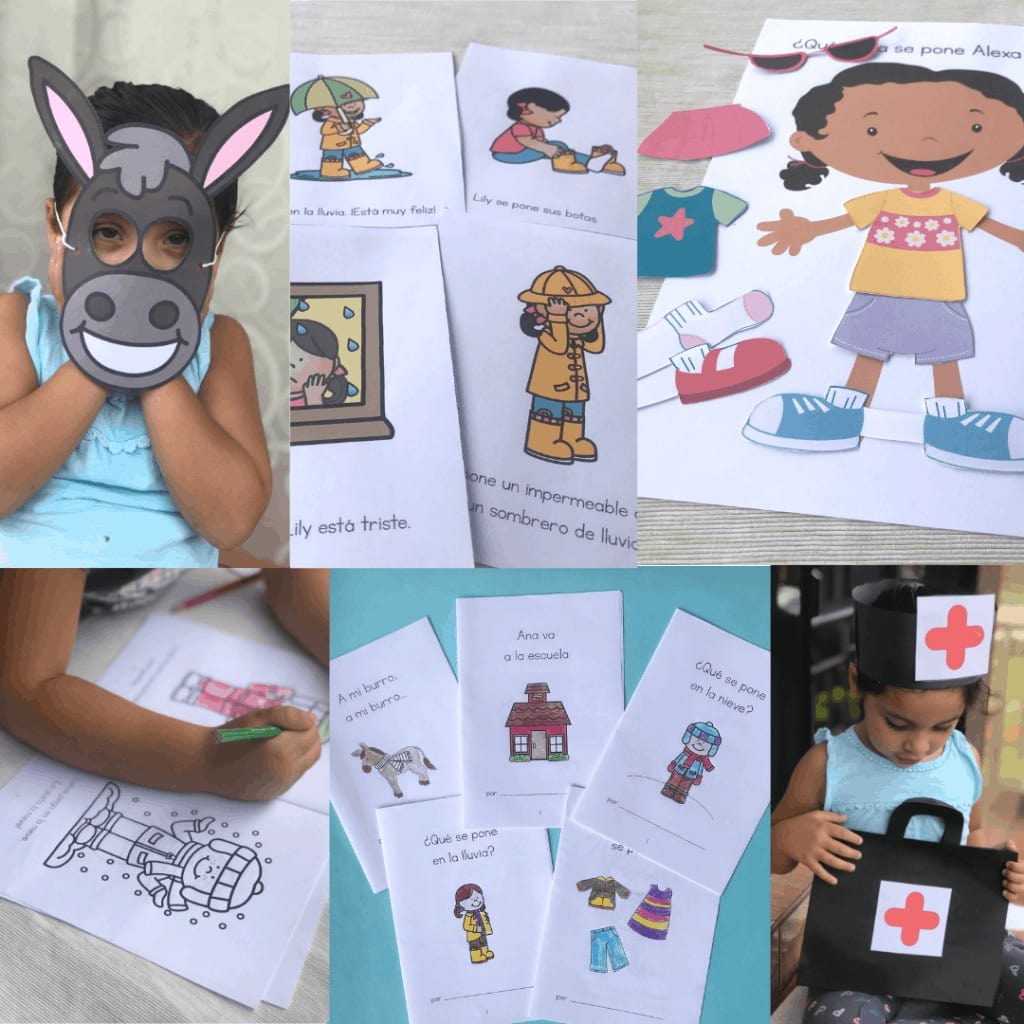

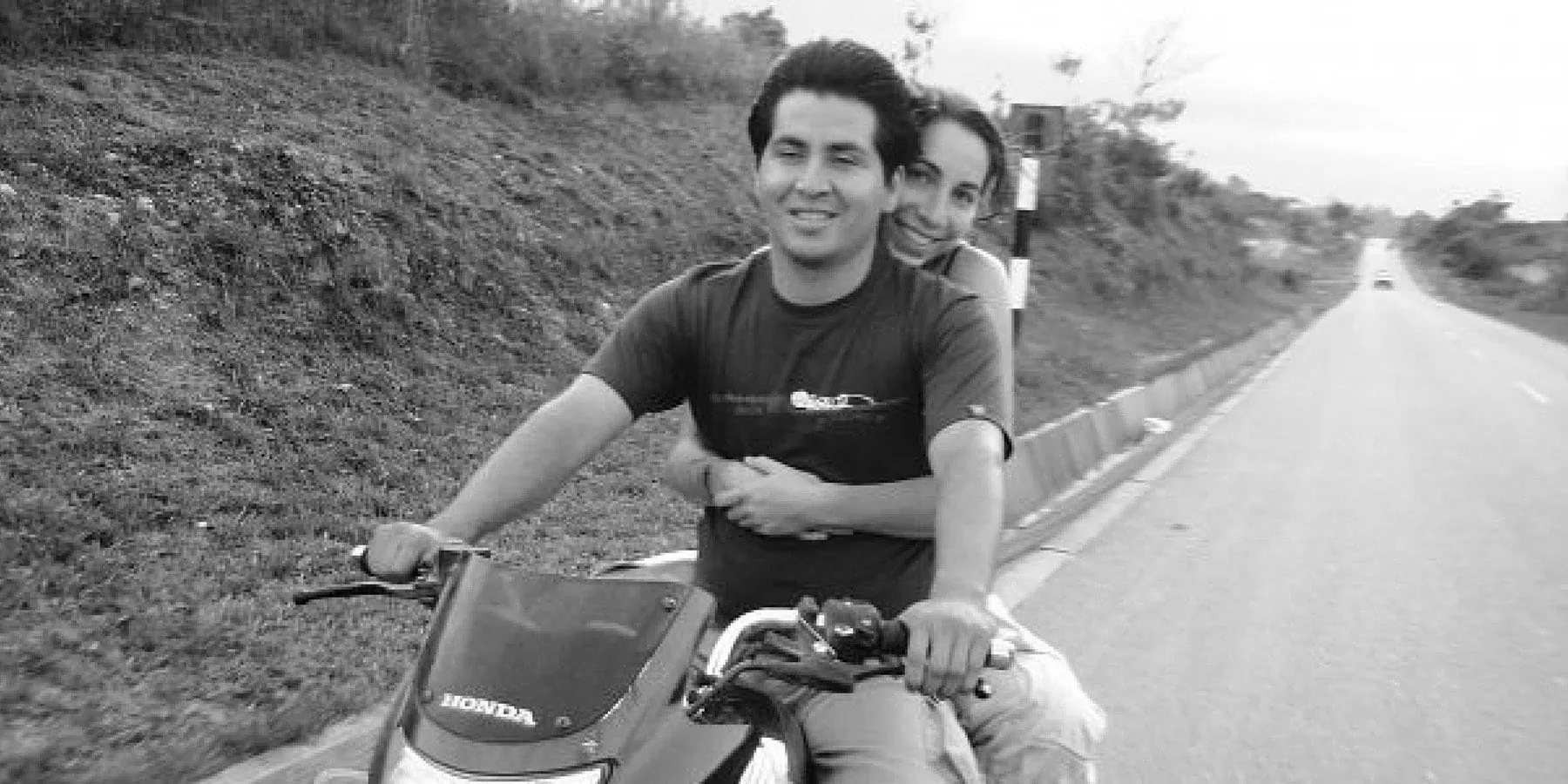
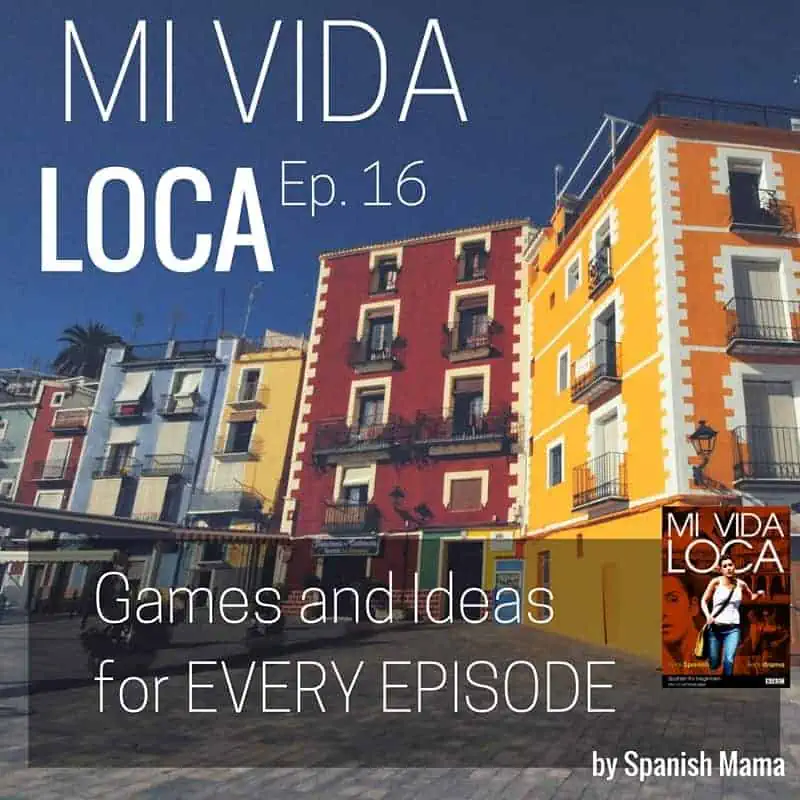
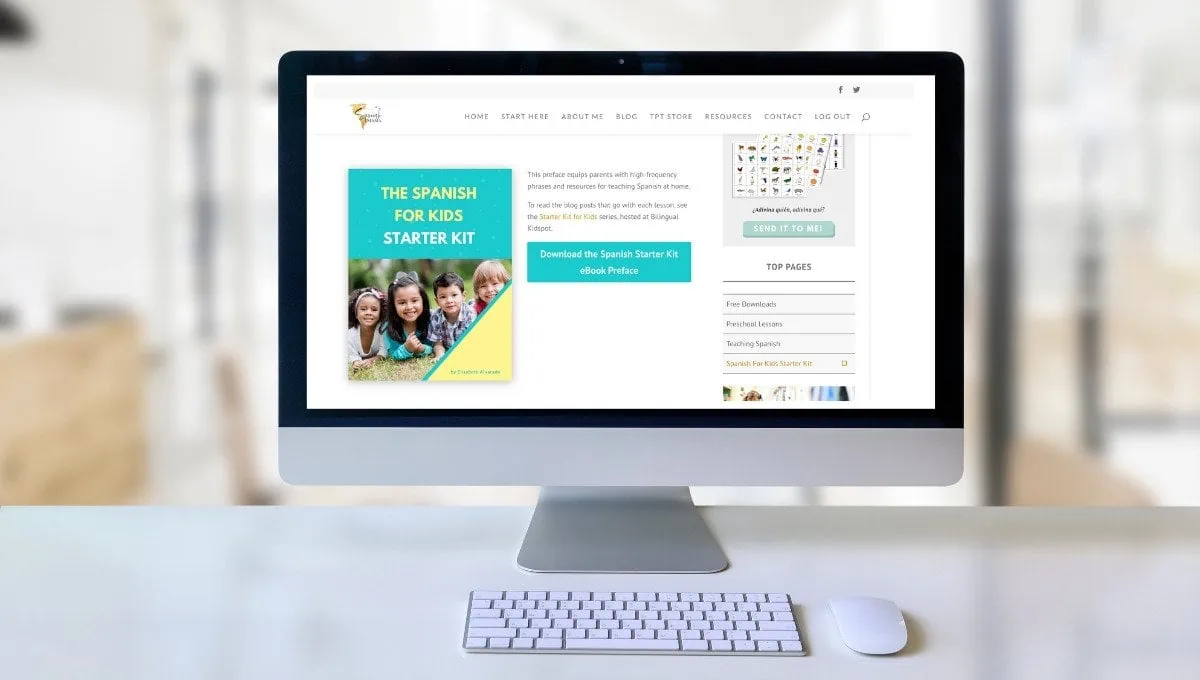
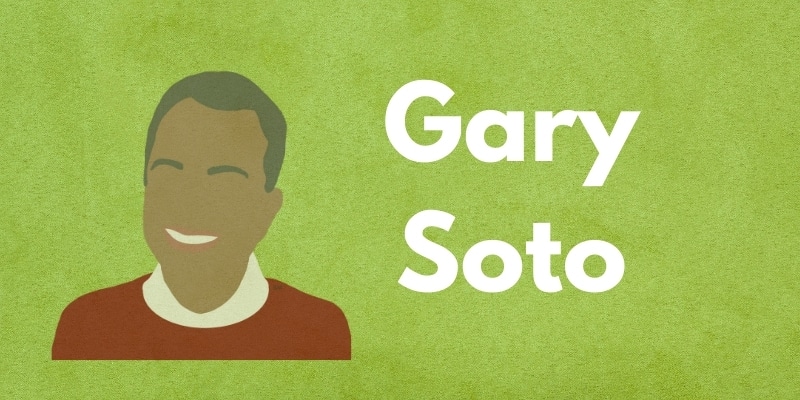
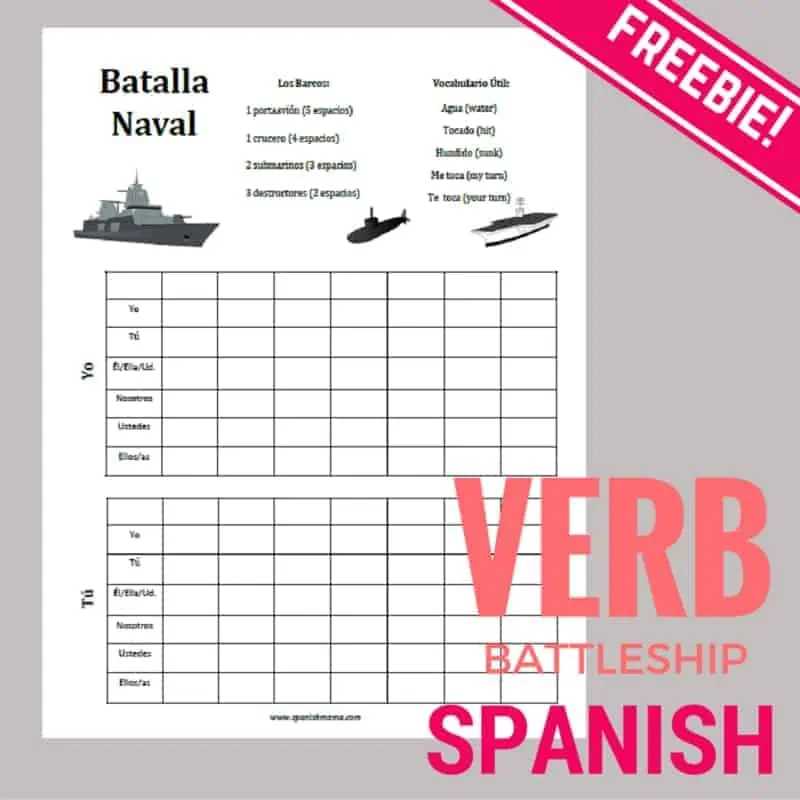

This is really helpful, thank you !
All great ideas!
https://youtu.be/FeVaixOftiI. I love this story too! Monstruo horrible. With virtual learning and kids spaced apart playing videos is really helpful. And you can always slow the speed down if it is too fast for beginning students.
Gracias,
Muchísimas gracias!
Thank you so much this was help full
Wow. That was very helpful and the activities look like they will be fun.